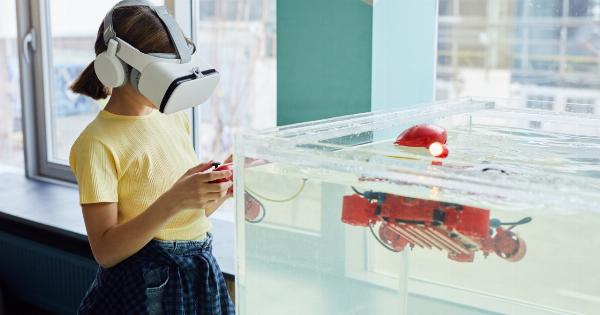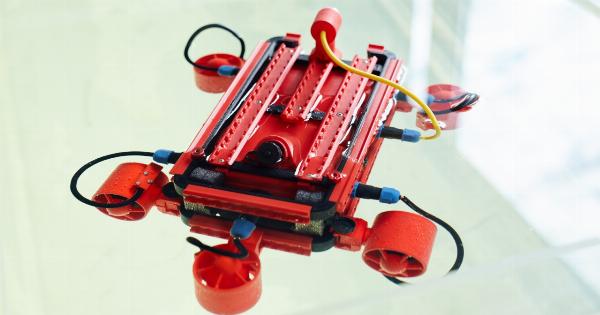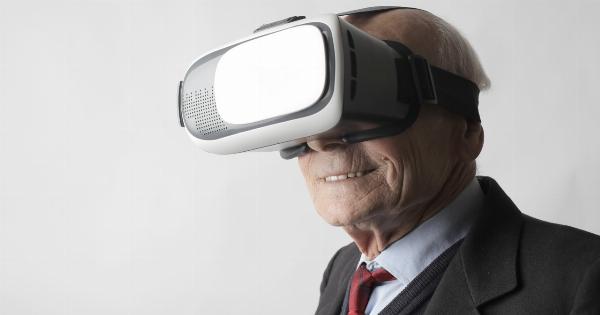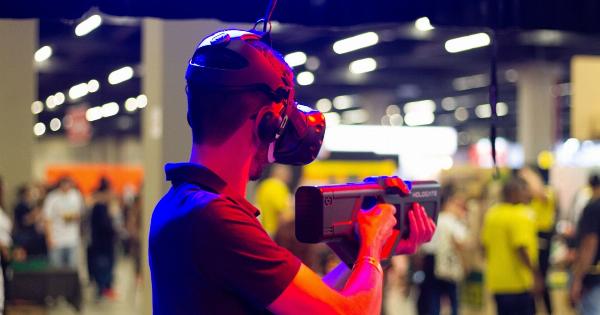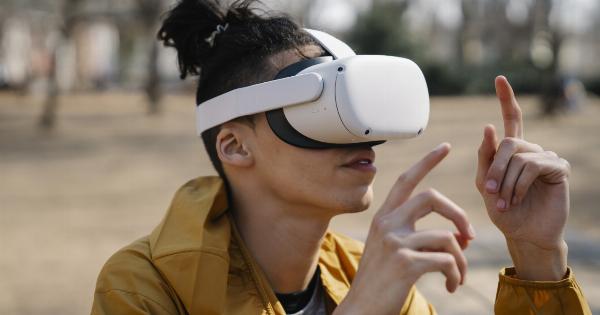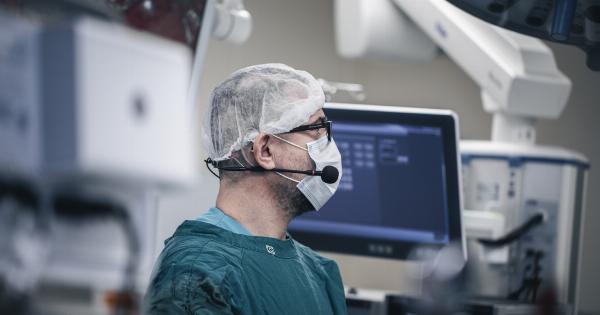Bone restoration is a critical aspect of orthopedic medicine, particularly in cases of fractures, joint replacements, and bone deformities.
Over the years, medical professionals have explored different techniques and technologies to enhance the healing process and improve patient outcomes. With recent advancements in medical technology, a new wave of innovative solutions has emerged, providing more efficient and effective bone restoration options.
The Importance of Bone Restoration
Bones play a vital role in supporting our bodies and facilitating various movements. When a bone is damaged or fractured, it can significantly impact an individual’s quality of life.
Proper bone restoration is essential to promote healing, regain functionality, and prevent long-term complications. Traditional bone restoration methods have primarily focused on casting, metal implants, and bone grafts. While effective, these methods often come with limitations and risks.
Advancements in Bone Restoration Technology
In recent years, the field of bone restoration has witnessed remarkable technological advancements that aim to address the limitations of traditional methods.
These innovations not only expedite the healing process but also improve overall patient experience and outcomes.
1. 3D Printing for Custom Implants
One of the most promising technologies in bone restoration is 3D printing. By utilizing medical imaging techniques such as CT scans, surgeons can create precise three-dimensional models of the patient’s bone.
These models then serve as the foundation for creating custom implants that perfectly fit the patient’s anatomy.
Traditional implants often come in standard sizes, leading to potential complications and discomfort for the patient.
However, with 3D printing, implants can be tailored to match the individual’s exact specifications, resulting in improved functionality and reduced complications.
2. Bone Tissue Engineering
Bone tissue engineering involves the use of biomaterials and stem cells to create artificial bone tissue. This groundbreaking technology allows physicians to regenerate missing bone segments or repair damaged bones.
The process typically starts by extracting stem cells from the patient’s own body, which are then combined with biomaterial scaffolds.
These scaffolds provide a framework for the stem cells to develop into functional bone tissue. Over time, the scaffold gets absorbed into the body, leaving behind newly regenerated bone that seamlessly integrates with the surrounding tissues.
Bone tissue engineering offers a revolutionary solution by eliminating the need for invasive bone grafts.
3. Ultrasound Stimulation for Fracture Healing
Ultrasound stimulation is an innovative technique that accelerates the healing process of bone fractures. Low-intensity pulsed ultrasound (LIPUS) devices emit high-frequency sound waves that penetrate deep into the bone tissue.
These sound waves stimulate cellular activity, prompting cells to produce more bone-forming cells, accelerate the formation of blood vessels, and enhance the overall healing process.
Studies have shown the significant benefits of ultrasound stimulation for both fresh fractures and those that have difficulties in healing.
This non-invasive method has become increasingly popular among orthopedic surgeons to promote faster and more efficient bone restoration.
4. Injectable Bone Substitutes
Injectable bone substitutes offer an innovative solution for bone restoration, particularly in cases of bone loss or severe fractures. These substitutes, often consisting of calcium-based materials, can be injected directly into the affected area.
Upon injection, the material quickly hardens, providing mechanical stability and promoting healing.
Additionally, some injectable bone substitutes contain growth factors that help stimulate bone formation.
This technology offers numerous advantages over traditional bone grafting techniques, as it eliminates the need for invasive procedures, reduces recovery time, and enhances patient comfort.
5. Magnetic Field Therapy for Fracture Healing
Magnetic field therapy has shown great potential in accelerating fracture healing. Specialized devices generate pulsating electromagnetic fields that stimulate the bone tissue.
These fields act as signals that optimize the cells’ activity involved in the healing process.
The therapy enhances the body’s natural healing response, resulting in faster and stronger bone restoration.
Magnetic field therapy is non-invasive and painless, making it a promising alternative for individuals looking for non-surgical treatment options for bone fractures.
6. Augmented Reality and Surgical Guidance
Augmented reality (AR) is revolutionizing the field of orthopedic surgery by providing real-time imaging and surgical guidance. Surgeons can wear AR glasses that overlay the patient’s anatomy onto their field of view.
This technology enables surgeons to precisely plan and execute bone restoration procedures.
AR also enhances communication between the surgical team, allowing for more effective collaboration.
By visualizing the patient’s bone structure as well as the planned surgical approach, surgeons can navigate complex procedures more accurately, leading to improved outcomes and reduced surgical risks.
7. Nanotechnology in Bone Restoration
Nanotechnology offers exciting possibilities in bone restoration, particularly in regenerative medicine. Nanoparticles can be engineered to deliver drugs or growth factors directly to the site of bone repair.
The tiny size and high surface area of nanoparticles allow for precise drug delivery, enhancing the effectiveness of treatments.
Researchers are also exploring the use of nanomaterials to create scaffolds for bone tissue engineering.
These scaffolds, made from biocompatible materials, mimic the natural structure of bone and provide an optimal environment for cell growth and tissue regeneration.
8. Robotic-Assisted Surgery
Robotic-assisted surgery is rapidly gaining traction in various fields of medicine, including orthopedics.
Robots equipped with advanced imaging systems and surgical tools aid surgeons in performing complex bone restoration procedures with unparalleled precision.
Robotic systems provide a higher degree of control and accuracy, minimizing the risk of human errors during surgery. Surgeons can utilize real-time imaging feedback to precisely plan the surgical approach and ensure optimal outcomes for patients.
9. Virtual Reality for Rehabilitation
Virtual reality (VR) technology is transforming the rehabilitation process for individuals undergoing bone restoration.
VR can create immersive environments that simulate different movements and scenarios, allowing patients to participate in virtual exercises that aid in their recovery.
The interactive and engaging nature of VR rehabilitation enhances patient motivation and adherence to their rehabilitation program.
By incorporating gamification elements, such as rewards and progress tracking, virtual reality can make the rehabilitation process more enjoyable while effectively improving patients’ strength, mobility, and coordination.
10. Smart Implants and Sensors
Smart implants and sensors are revolutionizing the monitoring and treatment of bone restoration. These devices are embedded within the implants or placed near the site of the injury to provide real-time data on the healing process.
Sensors can measure various parameters, such as pressure, temperature, and strain, providing valuable insights into the progress of bone restoration.
This data can help healthcare professionals adapt treatment plans based on individual patients’ needs and ensure optimal healing outcomes.
Conclusion
The field of bone restoration has experienced a significant transformation with the introduction of innovative technologies.
From 3D printing and bone tissue engineering to ultrasound stimulation and augmented reality, these advancements are revolutionizing the way we approach bone restoration procedures.
These technologies not only enhance the effectiveness and efficiency of bone restoration but also improve patient outcomes, reduce complications, and enhance the overall patient experience.
With continued research and development, the future of bone restoration looks promising and may offer even more groundbreaking solutions.







